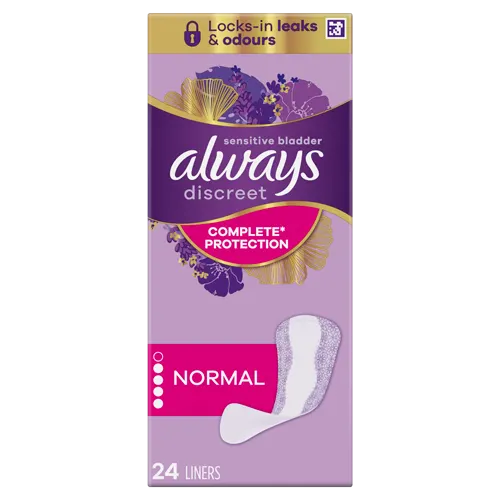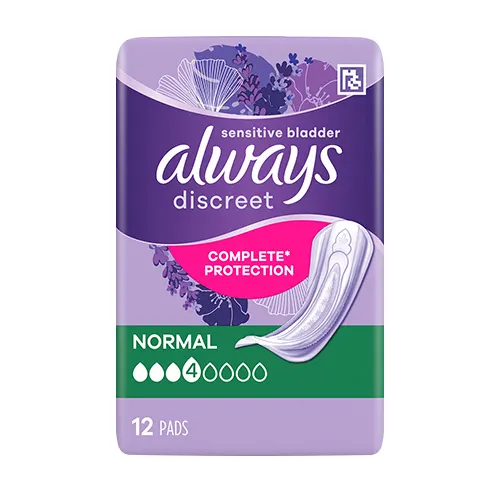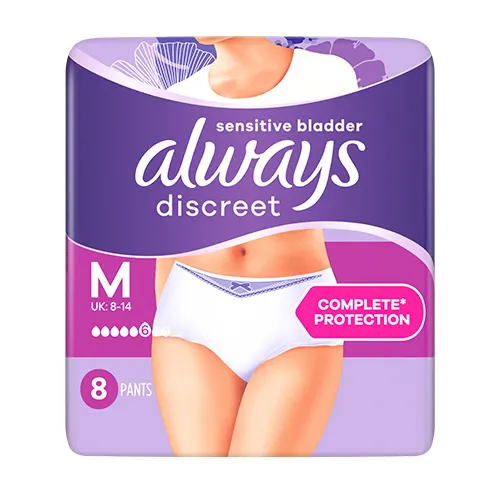
You have enough going on in your day that you don’t need the distraction of worrying about your weak bladder. While pads can catch any leaks, ideally you want to stop these little surprises from happening.
Like any other muscle, you can do bladder-strengthening exercises to help you go longer between bathroom visits and avoid any embarrassing accidents. It just takes a little concentration and practice.
How Kegel exercises help control and prevent urinary incontinence
Typically, weak pelvic floor muscles are at fault when the pressure from a laugh, sneeze or challenging exercise cause a minor leak. Childbirth and menopause weaken those muscles, which are supposed to hold the bladder and urethra in place. For men, incontinence can be a problem after prostate surgery.
Since Kegel incontinence exercises strengthen the pelvic floor muscles, having stronger flexing will support the uterus, bladder, small intestine and rectum. Kegel bladder control exercises help in these instances:
-
If a few drops of urine leak when you sneeze, laugh or cough, due to pressure
-
If you have a strong, sudden urge to urinate just before losing a large amount of urine
-
If your rectum leaks stool
Kegel bladder training exercises can also be done during pregnancy or after childbirth to improve your strength before problems start. They also pay off by giving you stronger contractions during orgasms.
How to do Kegel exercises
First, you need to identify the right muscles, then perform a series of targeted contractions in three different positions.
- Try to do these pelvic floor exercises regularly. After emptying your bladder, sit comfortably upright with your legs crossed or lie down with your knees bent.
- Contract muscles around your vagina. Now pretend your vagina is a lift and you are going upwards. Be sure not to use your bum or thigh muscles. Hold these weak bladder exercises for at least 4 seconds. The more often you do these pelvic floor exercises, the ‘higher’ you can go.
- Slowly exhale through your mouth and gradually release the hold. Repeat 10 times and practise three times per day. Try to do your pelvic floor exercises every day.
- A different incontinence exercise is to lie on the floor and gradually lift your bottom upwards. Hold your muscles tight, hold the position and gradually let go. Try to do these weak bladder exercises regularly.
- A firm bum also helps support your pelvic floor. With your knees bent and hands on the floor, lift left leg back without moving hips. Hold for 1 minute. Switch legs. Do 3 to 5 times with each leg. Hold these weak bladder exercises for at least 4 seconds. The more often you do these incontinence exercises, the ‘higher’ you can go.
You can easily do these while driving, standing in a line or while watching TV. Since they are such small contractions, no one around you will notice.
To make sure you stay on target, imagine you are trying to lift a marble that you are sitting on. If it helps, start with three-second contractions and build up to 10.
Make sure you keep breathing as you contract. Do not flex the muscles in your thighs or abdomen. You will need to focus to get the right muscles.
When will I see results?
Like any other exercise, it takes time to for muscles to respond to these bladder-strengthening exercises.
You can test your pelvic floor muscles with a simple stop-start test. When visiting the loo, begin to urinate and cut off the flow by contracting the muscles. If you experience better control than before, you know the pelvic floor exercises are working.
Most people see results in four to six weeks, so you have to stick with it. It may take up to three months, if your muscles were very weak when you begin.
Be careful not to overdo it. If you overtrain these muscles at first, you can tire them and make your incontinence worse.
Once you’re in the habit of doing these squeezes, there is no reason to stop. Also like other exercises, it helps to keep your muscles toned rather than neglect them then start over again.
Disclaimer: This information aims to answer some of your questions or concerns. If you are worried about your health, talk to your family doctor or your gynecologist for professional medical advice.
Try wearing products designed for bladder leaks such as Always Discreet liners, pads, and underwear to protect against incontinence. They absorb liquids and odours within seconds, to help you stay comfortable. Plus, they come in different sizes and absorbencies to meet a wide range of protection needs.






